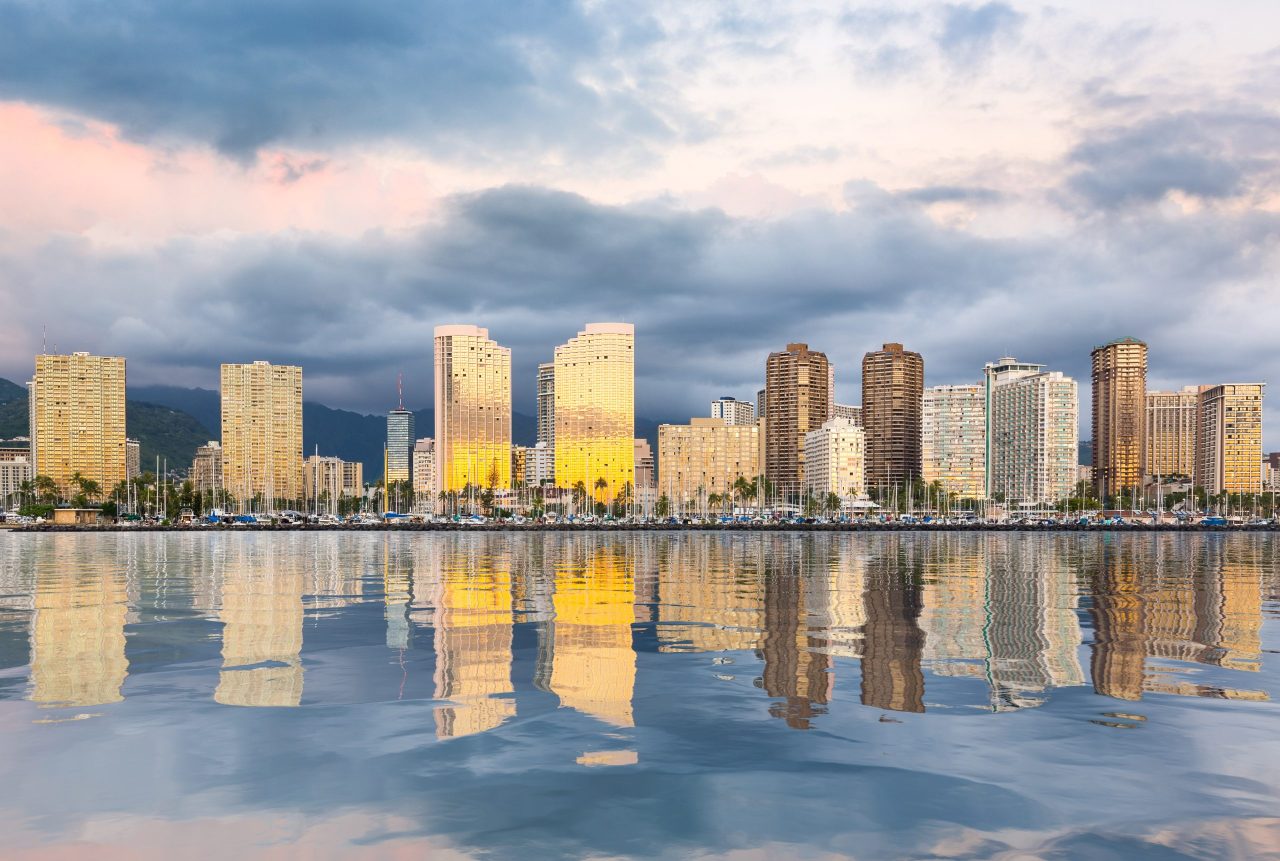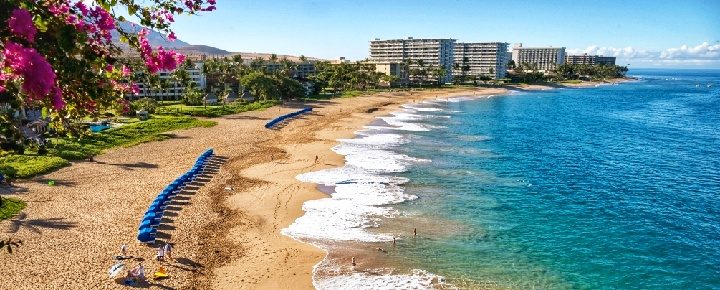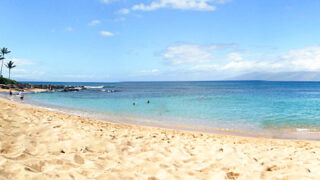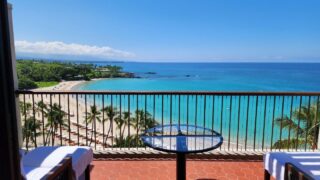The latest data from the June 2024 Hawai‘i Vacation Rental Performance Report reveals a concerning trend for the vacation rental market, particularly on Maui. Despite an overall increase in supply, the island saw a significant drop in occupancy rates and demand. Here’s a look at the numbers and the possible reasons behind the decline.
Maui struggles: a detailed analysis.
Maui County, renowned for its luxury accommodations and breathtaking landscapes, typically leads the state in vacation rental supply. In June 2024, the supply grew by 4.3% year-over-year to 256,800 available unit nights. Yet, the demand fell sharply by 13.5% from June 2023 and an astounding 40.9% from June 2019. This imbalance resulted in a significant drop in occupancy rates to 49.3%, down 10.2 percentage points from last year and 28.4 percentage points from pre-pandemic levels.
The ADR for vacation rentals in Maui reached $380, a 7.0% increase from June 2023 and a notable 63.8% rise from 2019. However, Maui hotels reported a much higher ADR of $563 and an occupancy rate of 57.5% in June 2024.
This contrast highlights a critical challenge: while vacation rental prices are rising, their appeal appears to be waning compared to traditional Maui hotels.


Statewide insights on vacation rentals.
Across the state, vacation rentals presented a mixed bag of performance metrics in June 2024. The supply of vacation rentals increased by 6.8% from June 2023, yet it was 7.4% lower than pre-pandemic June 2019. Demand rose modestly by 0.4% year over year but was down 35.8% compared to 2019.
The average daily rate (ADR) for vacation rentals surged to $320, marking a 5.6% increase from last year and a striking 57.2% increase from 2019. However, the overall occupancy rate dipped to 51.1%, reflecting a 3.3 percentage point decrease from 2023 and a substantial 22.6 percentage point decline from 2019.
Why Are Maui vacation rentals losing popularity?
Several factors are weighing down the typical popularity of Maui vacation rentals. Those include:
Cost Concerns: The rising ADR for vacation rentals, now at $380, plus costs and fees, can contribute to a much higher actual cost and make them less competitive compared to before. Travelers are increasingly looking for value, and higher costs associated with Maui vacation rentals may deter budget-conscious visitors from Maui entirely.
Visitor Sentiment: Visitors are increasingly concerned about whether they are truly welcome in Maui. Recent tensions and community pushback against vacation rentals have led to the perception that tourists staying in these rentals might not be as welcomed as they once were. This sentiment is significantly impacting visitor choices.
Pending Legislation: There is ongoing legislative action aimed at reducing the number of vacation rentals in Maui. Plans to eliminate nearly half of all vacation rentals on the island have been years in the making and are gaining traction as this effort approaches culmination at the County Council. This legislation, if passed, would drastically reduce the availability of vacation rentals, further impacting occupancy and demand.
The greater challenges of vacation rentals throughout Hawaii.
Additional costs: Vacation rentals frequently include substantial extra fees, such as variable cleaning and service charges, which can significantly increase the total cost and make them far less affordable than it appears, particularly for shorter stays.
Location, quality, and amenities: More affordable Hawaii vacation rentals may compromise on location, amenities, and overall quality, resulting in less desirable accommodations. Even essential features found in Hawaii hotels, like air conditioning, may not always be available in Hawaii vacation rentals.
Other island-specific highlights.
Oahu: Demand for Honolulu vacation rentals rose 14.4% year over year but was still down 39.6% from 2019. Occupancy improved by 4.8 percentage points from last year to a more impressive 61.2% but remained 13.6 percentage points below 2019. Oahu’s ADR for vacation rentals was $268, with Oahu hotels reporting $296 and an 85.2% occupancy rate. Those numbers are before substantive taxes and fees are added.
Big Island: Demand for also languishing Hawaii Island vacation rentals slightly decreased by 1.0% from 2023 and 27.9% from 2019, leading to an occupancy rate of 42.5%, down 4.0 percentage points from last year and 22.3 percentage points from 2019. The ADR was $258, with hotels on the island reporting an ADR of $424 and a 67.0% occupancy rate.
Kauai: Demand for Kauai vacation rentals rose by 8.5% from last year but was still 25.0% below 2019 levels. Occupancy declined by 1.8 percentage points year-over-year to 51.3%, and it was 24.6 percentage points below 2019. The ADR for Kauai vacation rentals was $393, while hotels reported an ADR of $459 and a 75.3% occupancy rate.
What does this mean for travelers and hosts?
For travelers, these trends suggest that vacation rentals, particularly on Maui, may offer more availability and potentially better deals despite the appearance of rising ADRs. This creates somewhat more of a buyer’s market with more choices and competitive rates possible.
For hosts and property managers, the challenge is clear: there is a need to attract more guests amidst increasing ADRs. Enhancing the guest experience, offering promotions, controlling misconceptions, and highlighting the unique features of vacation rentals, such as kitchens and multiple bedrooms, could help reverse the downward trend in occupancy.
Conclusions about Hawaii vacation rentals.
The June 2024 Hawaii Vacation Rental Performance Report sheds light on the evolving dynamics of the Hawaii vacation rental market, with Maui still facing significant challenges. The contrast between the performance of vacation rentals and hotels is particularly striking, emphasizing the ongoing need for strategic adjustments.
We would love to hear from you about your vacation rental experiences in Hawaii.
hawaii-vacation-rental-performance-2024-06Get Breaking Hawaii Travel News






